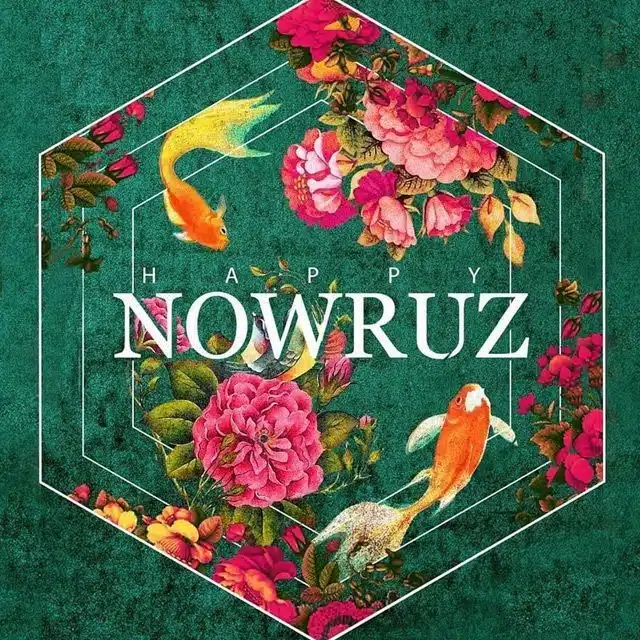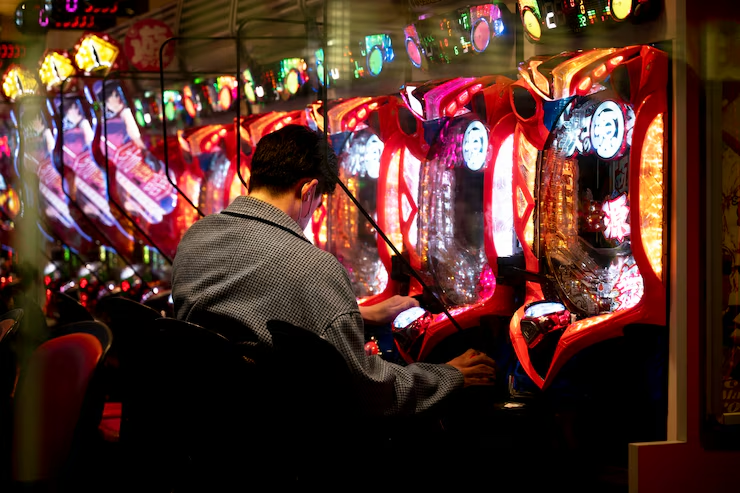
Nowruz, also known as the Persian New Year, holds a significant place in various cultures and traditions across the globe. Celebrated on the first day of spring, Nowruz marks not only the beginning of a new year but also symbolizes renewal, rebirth, and the harmonious arrival of spring. Many people say “Happy Nowruz” to each other, commemorating this time of joy, reflection, and cultural heritage. As we approach Nowruz 2025, it’s an opportune moment to explore the rich history, traditions, and significance of this beloved festival.
The Meaning of Nowruz
The term “Nowruz” derives from Persian, meaning “new day.” This festival dates back over 3,000 years, originating from ancient Zoroastrian traditions in Persia. It is celebrated not only in Iran but also in many countries, including Afghanistan, Azerbaijan, parts of Central Asia, and among the diaspora around the world. Nowruz has been recognized by UNESCO as an Intangible Cultural Heritage of Humanity since 2009, highlighting its importance in fostering cultural diversity and harmony.
Historical Origins
Nowruz is rooted in Zoroastrianism but has incorporated various elements from other cultures and religions over time. The festival heralds the vernal equinox, which typically occurs around March 20 or 21. It signifies the end of the harsh winter and the arrival of spring, a season that embodies the freshness of nature, the blossoming of flowers, and the rejuvenation of life.
Cultural Significance
Celebrating Nowruz transcends mere festivities; it involves deep-seated customs and rituals. It is a time for families to reunite, for members of a community to come together, and for individuals to reflect on the past year’s experiences, expressing gratitude for the blessings received. Nowruz inspires people to cultivate positive changes, mend broken relationships, and extend forgiveness, culminating in a communal sense of renewal and hope.
The Rituals of Nowruz
One of the most significant aspects of Nowruz is the Haft-Seen table, which features seven symbolic items—all beginning with the Persian letter ‘S’—each representing different hopes for the coming year. Commonly found items on the table include:
- Sabzeh (sprouted wheat or lentils) for rebirth.
- Samanu (a sweet pudding) for power and strength.
- Senjed (dried fruit) for love.
- Seer (garlic) for health.
- Seeb (apple) for beauty.
- Somāq (sumac) for the sunrise.
- Serkeh (vinegar) for patience and wisdom.
Additional items such as coins for prosperity, painted eggs for fertility, and candles for enlightenment often accompany the Haft-Seen table, creating a rich tapestry of meanings and aspirations for the new year.
Community Celebrations
In countries like Iran, Nowruz is a public holiday where people engage in various activities, including visiting the graves of loved ones, organizing picnics, and attending performances celebrating cultural heritage. Local communities organize events showcasing traditional music, dance, and storytelling, fostering unity and fostering a sense of belonging. Family gatherings are essential, where culinary efforts result in sharing festive foods, emphasizing togetherness.
Nowruz Around the World
While the core meanings behind Nowruz remain the same, its celebrations are adapted to local customs and traditions. In Central Asia, the Nowruz festival may include horse racing and various games, while in the Middle East, it can incorporate rituals resembling those of the ancient Zoroastrian fire festival.
The Parsi New Year in India also aligns with the celebration of Nowruz, reflecting the traditions of the Parsi community who migrated from Persia to India. In 2025, Parsi New Year 2025 will coincide with the Nowruz festival, bringing a unique blend of cultural heritage to the festivities.
Nowruz 2025: A Celebration of Hope
As we approach Nowruz 2025, the world continues to embrace the ideals of harmony, renewal, and community spirit. In this increasingly interconnected world, Nowruz serves as a reminder of our shared humanity, allowing individuals from various backgrounds to come together in celebration and reflection. This year, many people will resonate with the message of “Happy Nowruz” as it encourages not just personal renewal but also collective healing.
Preparing for Nowruz
Preparation for Nowruz often begins weeks in advance. People engage in spring cleaning, known as khaneh tekani, symbolizing the clearing away of the old to welcome the new. This practice fosters a sense of accomplishment and renewal, setting the stage for the festivities to follow. As Nowruz 2025 approaches, families will also recommit to traditions, honoring the bonds of family and community while inviting new experiences.
The Role of Food in Nowruz Celebrations
Food plays a pivotal role in Nowruz celebrations. Special dishes, including Sabzi Polo (herbed rice) and Fish, are served on New Year’s Eve and symbolize prosperity and abundance. The choice of dishes varies among communities, but the essence remains the same: food connects people, rekindles memories, and creates opportunities for sharing.
Nowruz Festivals: Events and Activities
In many regions, Nowruz festivals feature vibrant parades, traditional dances, and music that blend modern and folkloric elements. These events exhibit the spirit of unity, drawing people from diverse backgrounds to celebrate shared traditions.
In urban areas, various organizations host activities, workshops, and educational programs about Nowruz’s significance, ensuring the next generation embraces these cultural practices. It’s also a chance for individuals unfamiliar with Nowruz to learn and participate in its festivities.
Artistic Expressions
Arts and crafts are integral to Nowruz, with people participating in various artistic activities like decorating eggs, creating traditional crafts, and painting. This creative expression amplifies the celebratory atmosphere and fosters community engagement, making art an essential part of the Nowruz festival.
Environmental Awareness During Nowruz
As the festival holds significance in nature’s renewal, many communities seize the opportunity to promote environmental awareness during Nowruz. Activities such as tree planting, recycling initiatives, and community clean-up drives take place during the celebrations, reinforcing the commitment to care for the planet.
Embracing Diversity
One of the most compelling aspects of Nowruz is its embrace of diversity. While its roots may be deeply tied to Zoroastrianism and Persian culture, the festival has evolved to encompass a wide array of traditions from the regions where it is celebrated. This adaptability signifies unity among people regardless of their backgrounds, making Nowruz a poignant reminder of our shared humanity.
Personal Reflections on Nowruz
For many, Nowruz is a time for personal reflection and goal-setting. As people enter the new year, they often take stock of their lives and aspire to cultivate goodness and fulfilment in the coming months. The festival prompts individuals to evaluate their relationships, careers, and personal aspirations, reinforcing the theme of renewal and growth.
Conclusion
As Nowruz 2025 approaches, the anticipation builds, accompanied by the heartfelt expression of “Happy Nowruz” ringing in the air. This festival not only marks the arrival of spring but also provides an opportunity for families and communities to gather, reflect, and celebrate life’s beauty and potential.
Nowruz embodies a universal message that resonates with people everywhere: hope, renewal, and the belief in a brighter future. Embracing these values during the Nowruz festival strengthens cultural ties and promotes unity worldwide, leaving an indelible mark on those who celebrate and partake in its joyful traditions.



